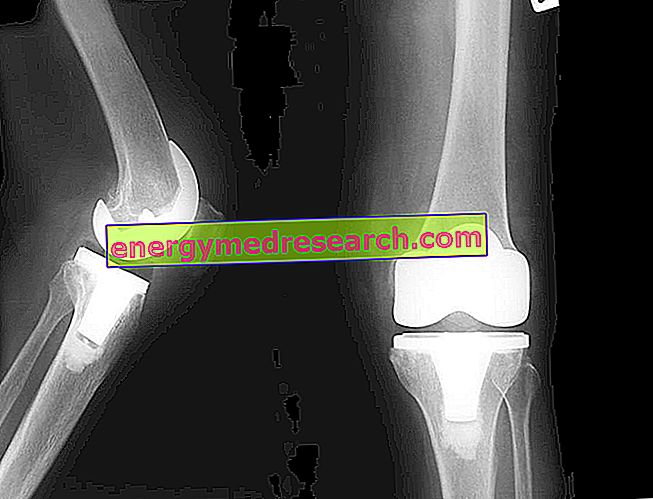
The knee is one of the main joints of the human body .
In fact, situated between the distal portion of the femur (superiorly) and the proximal portion of the tibia (inferiorly), it allows the movement of the legs (together with the hip) and absorbs most of the weight exercised by the trunk.
Like any joint, the knee is also composed of ligaments, tendons and cartilage, all of which play a specific functional role.
When the health of one or both knees is severely impaired (due, for example, to osteoarthritis or rheumatoid arthritis ), the conditions exist for implanting a prosthesis.
Today, according to a reliable American research, 9 out of 10 prosthesis patients are satisfied with the intervention and declare that they feel significantly better than before.
This is possible thanks to advances in medical engineering and the development of new prosthetic materials.
Furthermore, again based on the same study, 90% of the implants last more than 10 years, while 80% reach 20 . The results 10 years after the intervention are similar to the Italian ones, related to Emilia Romagna (source RIPO).
COMMON COMPLICATIONS
The implantation of a knee prosthesis has now become a fairly safe and low risk complication intervention .In fact, according to a US survey on these issues, only 6.1% of the operators would develop one or more complications immediately after the operation and only 7.5% 90 days after the procedure.
Immediately after surgery, the four most common complications are:
- Deep vein thrombosis (1.6% of patients)
- Hematomas and blood loss within the joint (1.3%)
- Heart problems (1.2%)
- Postoperative infections (1.1%)
At 90 days from the procedure, however, the four most frequent complications are:
- More or less severe dislocations of the prosthesis (4.3%)
- Deep vein thrombosis (3.9%)
- Hematomas and consequences related to these (3.4%)
- Heart problems (3.2%)



